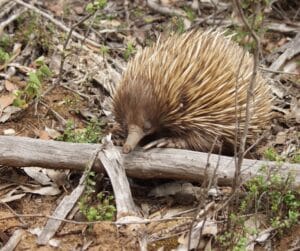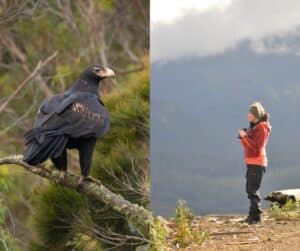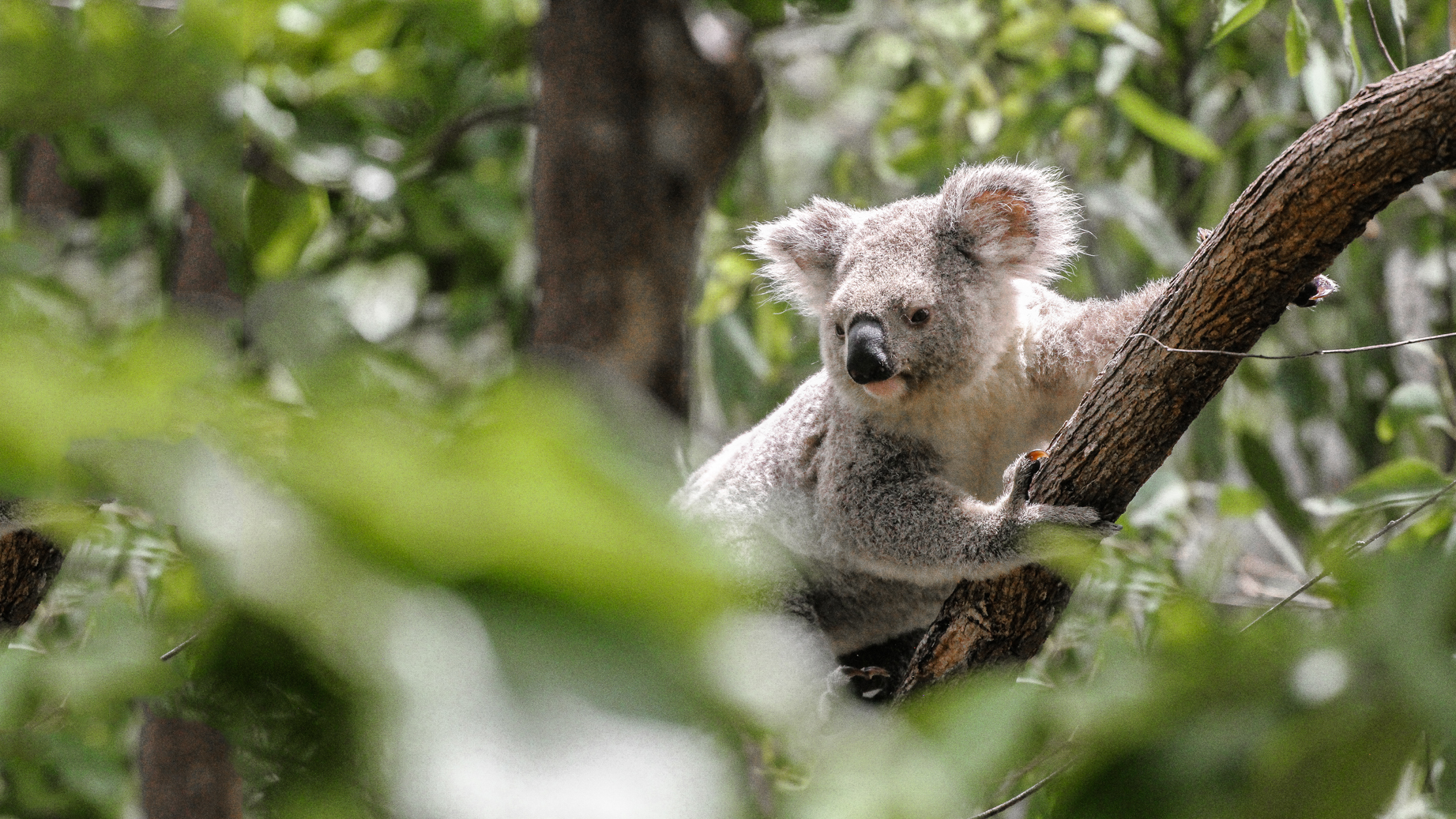Australia is home to four native species of flying-foxes (grey-headed, black, little red and spectacled), all of which play vital roles in pollination and seed dispersal. Sadly, flying-fox populations are in rapid decline, with some species now listed as vulnerable or endangered. These magnificent creaturesare increasingly under threat due to climate change, habitat...
April is Global Citizen Scientist Month!
April is a month-long celebration of citizen science and its incredible contribution to advancing science. Citizen scientists can help collect data and collaborate with university researchers, field experts, government departments, and conservation organisations.
Citizen scientists can be from all walks of life and levels of scientific understanding. This month encourages passionate people to get involved in scientific research by observing, collecting, recording, analysing or transcribing. Citizen scientists can help fill scientific knowledge gaps and help piece together answers to conservation questions.
Private landholders can play a particularly important role in providing crucial scientific data, capturing information about species that occur on their land. Conservation sanctuaries like those belonging to members of HSI’s Wildlife Land Trust program can be teeming with a variety of native flora and fauna species, including threatened species!
Here is a list of four citizen science projects you can join as a landholder, or even as an interested naturalist around Australia this month.
Mobile applications
1. Echidna CSI
Short-beaked echidnas are Australia’s most widespread mammal. Despite this title, they are difficult to monitor and questions regarding their biology and population health are still unanswered. The Echidna CSI project asks citizen scientists to download a mobile app to log sighted echidnas or to collect echidna scat for analysis by scientific researchers at the University of Adelaide.
The project has already found new information about echidna diets and demonstrated that short-beaked echidnas are living in populated cities like Adelaide and Sydney.
Find out more here: Echidna research and conservation | Environment Institute | University of Adelaide
 Photo credits: Jenny and Jean-Pierre Bloemendal
Photo credits: Jenny and Jean-Pierre Bloemendal
2. Wild Orchid Watch
Australia has the highest diversity of terrestrial orchids in the world, with 80% of species found nowhere else on the planet! However, orchids are cryptic, seasonal, and sensitive to environmental change and there is still much to learn about their taxonomy and ecology.
Do you have orchids pop up on your property or in nearby bushland? The Wild Orchid Watch (WOW) app relays data to iNautralist, a popular citizen science online platform. WOW user data will assist scientific researchers studying orchids to find more about these complex organisms and can help confirm which orchids need conservation status and protection.
Find out more here: Wild Orchid Watch — Details
 Photo Credits: Geoff Curry
Photo Credits: Geoff Curry
Computer-based
3. Digivol
Digivol is an online platform developed by the Australian Museum in collaboration with the Atlas of Living Australia.
Do you have access to a computer and steady internet access? You can become a Digivol volunteer and join ‘expeditions’. Expeditions can be ‘hosted’ (online) by large scientific organisations such as Bush Heritage, Taronga Conservation Society Australia and Conservation Volunteers Australia. Some of these projects invite citizen scientists to identify wildlife sighted on camera trapping photos collected in the field. Each expedition comes with an easy-to-follow tutorial to train volunteers. Participating in these projects are a great and easy way to learn and build identification skills for native fauna species.
Take a look at the expeditions here: DIGIVOL | Expedition List (ala.org.au)
 Photo credits: Steve Parish
Photo credits: Steve Parish
Fieldwork-based
4. Where? Where? Wedgie!
Tasmanian wedge-tailed eagles (Aquila audax fleayi) are an endangered species. A subspecies of the mainland wedge-tailed eagles, they face threats such as the loss of appropriate nesting habitat, collisions and the disturbance of nests causing chick abandonment.
The Where? Where? Wedgie! project is one of the Bookend Trust’s Nature Tracker’s projects. It is supported by the Tasmanian Government.
Are you located in Tasmania? You can sign up and reserve a survey area during the survey period of (Friday 9 May-Sunday 11 May 2025) & (Friday 23-Sunday 25 May 2025). Surveying involves participants taking multiple short surveys within a chosen 4km x 4km square looking for the eagles, and logging sightings using a mobile application.
Learn more here: Where? Where? Wedgie! | Our projects | NatureTrackers
 Photo credits: Left: Keith Martin-Smith, Right: Stephen Anstee
Photo credits: Left: Keith Martin-Smith, Right: Stephen Anstee


